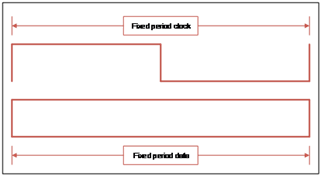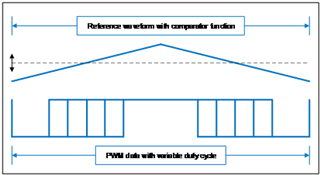Hi,
I am using the ADS1209 part as an ADC for the pressure sensor on a brake line in my Formula SAE vehicle at my university. When testing using this part putting a 0-5V signal from a power supply into the part, then taking the bitstream and filtering it back to analog using an RC lowpass filter (150kOhm and 1nF resp.), I am getting (with the exception of fully saturating the input at 5V) almost exactly half of the input voltage measuring the output of my filter using a multimeter and DSO.
Is this behaviour from this chip normal or have I assumed the operation of this part incorrectly and therefore my testing methodology is flawed. I can attach an image of my schematic using this chip and a diagram of the test setup if required to understand my issue better.
Thanks in advance for any input on this issue.
- Jarrod



